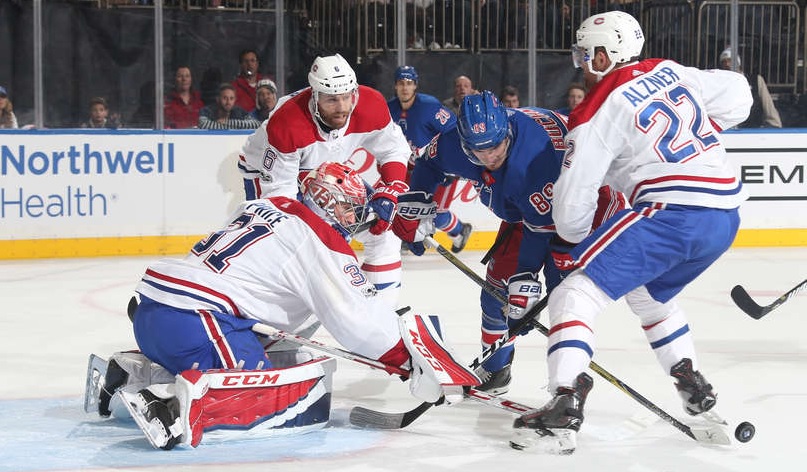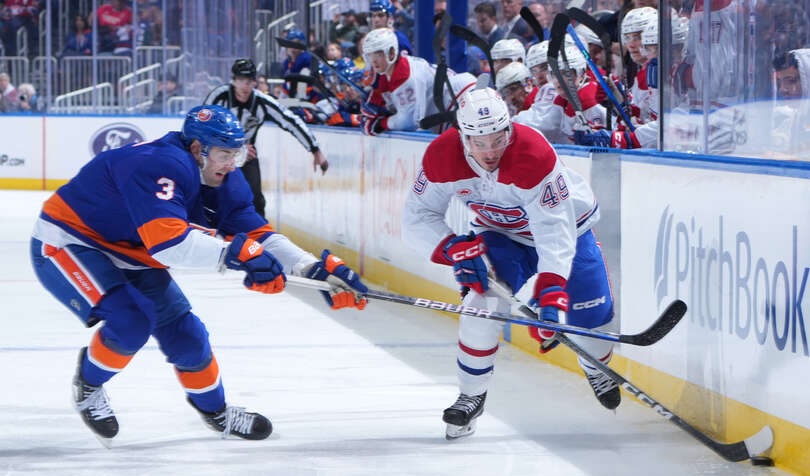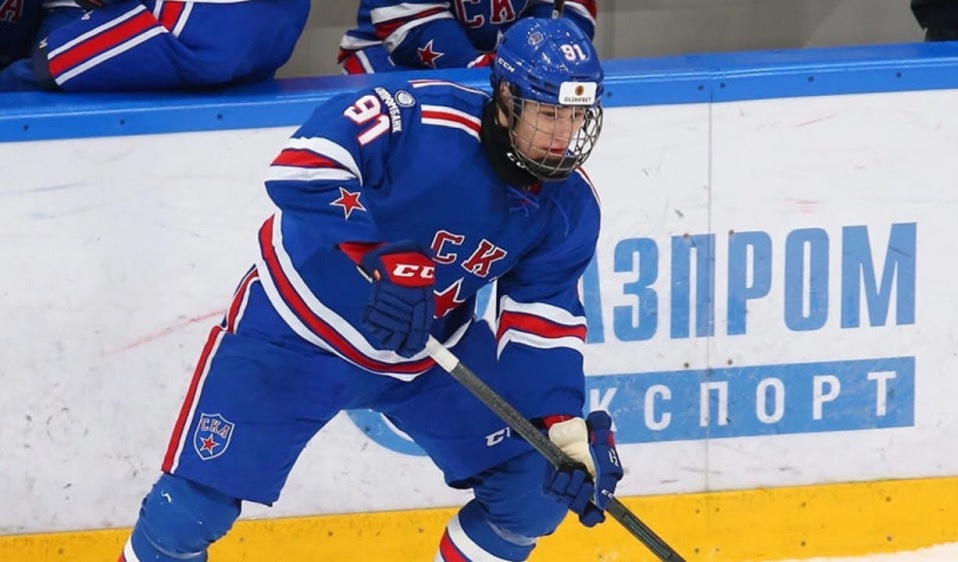HabsWorld.net --
It seems as if the Montreal Canadiens and New York Rangers are in sync with each other. They both rose together in terms of their on-ice success this past decade and then they fell to the bottom together last season. Five years from now, both may once again be back near the top or top of their conferences.
The Blue Shirts have committed themselves to a total rebuild while the Habs are in a soft reboot of sorts. Both have a ton of quality early round picks for this June’s NHL draft. As a result, this month will be an excellent opportunity to see which direction Montreal’s and New York’s brain trusts believe future championship teams will be made of. So we are literally in the opening chapter of a tale of two cities.
The problem with predicting the future solely based on the past is that it does not take into account game-changing events. For example, experts in the 1800s predicted that New York City, with its huge population of horses, would be buried ten feet under by horse manure by the 1920s. Then some guy named Henry Ford figured out how to mass assemble cars and well, the predicted trajectory was a touch off. So, looking exclusively to the past to predict the future is not necessarily the best route.
The most successful franchises in sports are those which create new paradigms. They don’t react to what is going on today. They make the future. They try to stay ahead of the curve.
Look at what has happened with the teams that stuck to the old Boston Bruins/LA Kings model of building their roster on beefy, slow moving players.
If both the Rangers and Canadiens mostly select fast, skilled, and small players, than this is what they see the future moving towards. If they also add size and defensive smarts to this mix, well then that’s also what they see as being a part of things to come.
Habs’ GM Marc Bergevin appears to be changing his size and grit philosophy towards speed and skill. This is fine. However, he should not throw out the baby with the bath water. Why?
In the NHL, there are two seasons not only in terms of play, but also in terms of rules. Rough play is more tolerated from April to June by the referees. The first two rounds tend to be the most intense in terms of bruising competition. Things then begin to level off. What skill remains tends to rule the roost. If you are building a team for this trend, then size still matters.
Five years from now, when all of Montreal’s and New York’s draft picks have either fully matured or panned out, there will still likely be scrums where the big players outmuscle smaller ones. Front of net presence by big, skilled hard to remove players will still be necessary; Brendan Gallagher – if he’s still playing – will be the exception. The Victor Mete’s of the world will not thrive against skilled giant sized competitors. Likewise, clean, hard, injury-inducing checks done by quick behemoth players will likely still be around. Of course, a Henry Ford sized game changer brought upon by lawsuits could radically alter things. You never know.
Right now, the trend in the NHL is to find fast, skilled players. Smaller ones, who normally would have gone in the second or third round, are now being picked in the first. A few years ago, the idea of drafting a 5’10 defenceman in the first round would have been insane. Size and grit is clearly becoming less and less important.
I personally believe that neither extreme is the way to go. If you build a team of fast, skilled and small players, you’ll likely do well in the regular season. However, if you have a club made of disciplined, beefy, skilled, and fast players, you’ll likely be able to withstand the rigors of four rounds of playoff hockey. Also, let’s never underestimate the luck/good fortune factor.
In today’s salary cap NHL, you are either two players away from being a serious Stanley Cup contender or a bottom dweller. In the playoffs, you are two injuries away from winning the Cup or losing in the first round.
Common sense says that big players are more likely to stay relatively injury free than their smaller counterparts. If all things are equal then, size improves the odds in the luck/good fortune variable.
So yes, it’s nice to see that Montreal is recognizing the need for fast puck-moving defencemen and speedy forwards. What it should not do in this year’s draft though is ignore the importance of size, discipline, and grit. But hey, I’m just some guy on the internet giving my two cents.
Where Montreal and New York go with their draft selections then will be a telltale sign of where the perceived future lies. Perhaps both clubs will take opposite directions. The waters right now though are a bit murky. There is no clear pathway. It seems to me that the best route to go is in the hybrid/Goldilocks-like middle.
Regardless of what I think, five years from now, this tale of two cities will come to its dramatic conclusion. For Hab supporters, the hope is that their team chose the right direction – the one that led to the “best of times” and not another route leading to continued “worst of times.”


